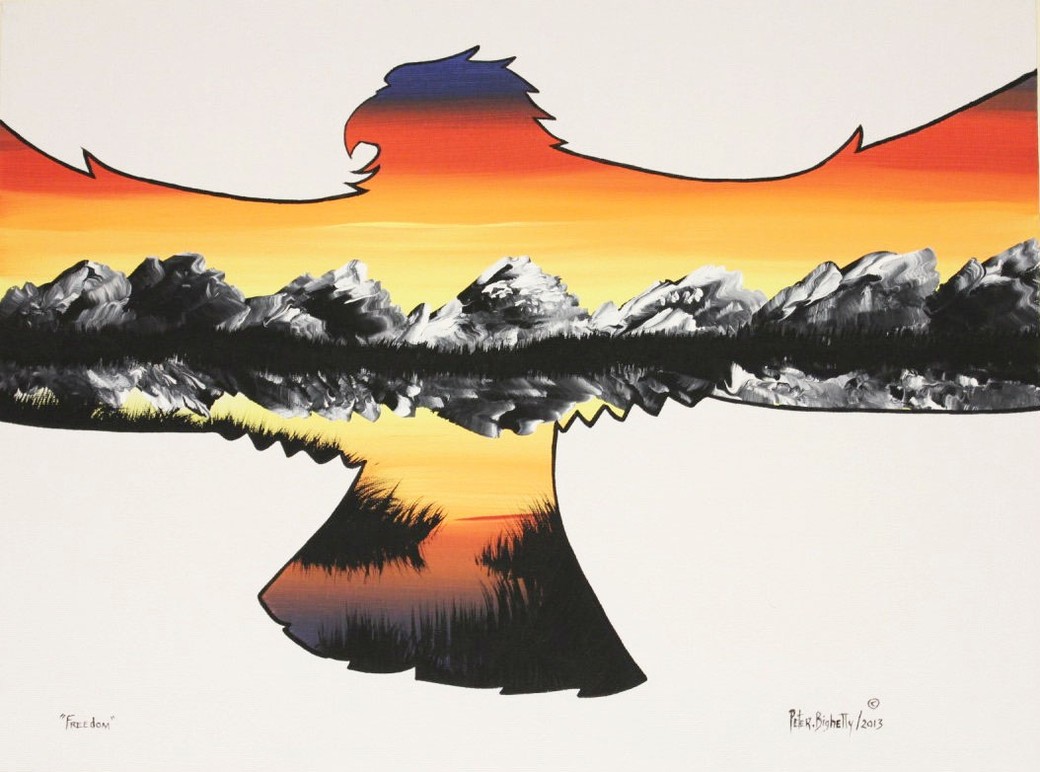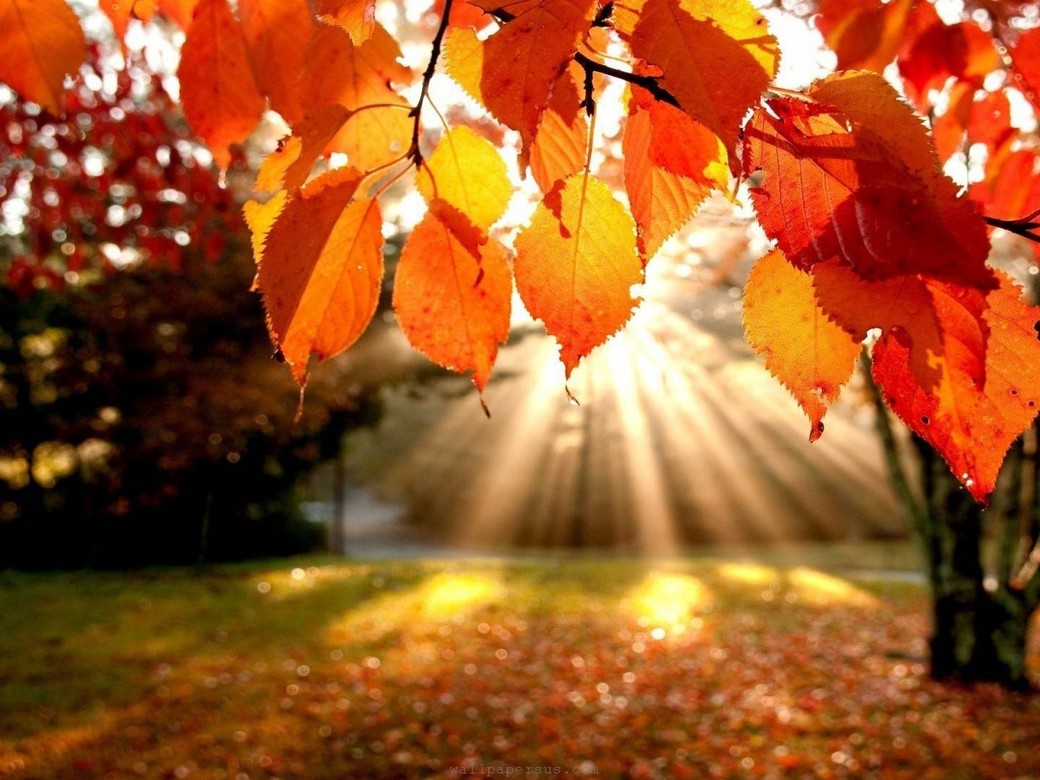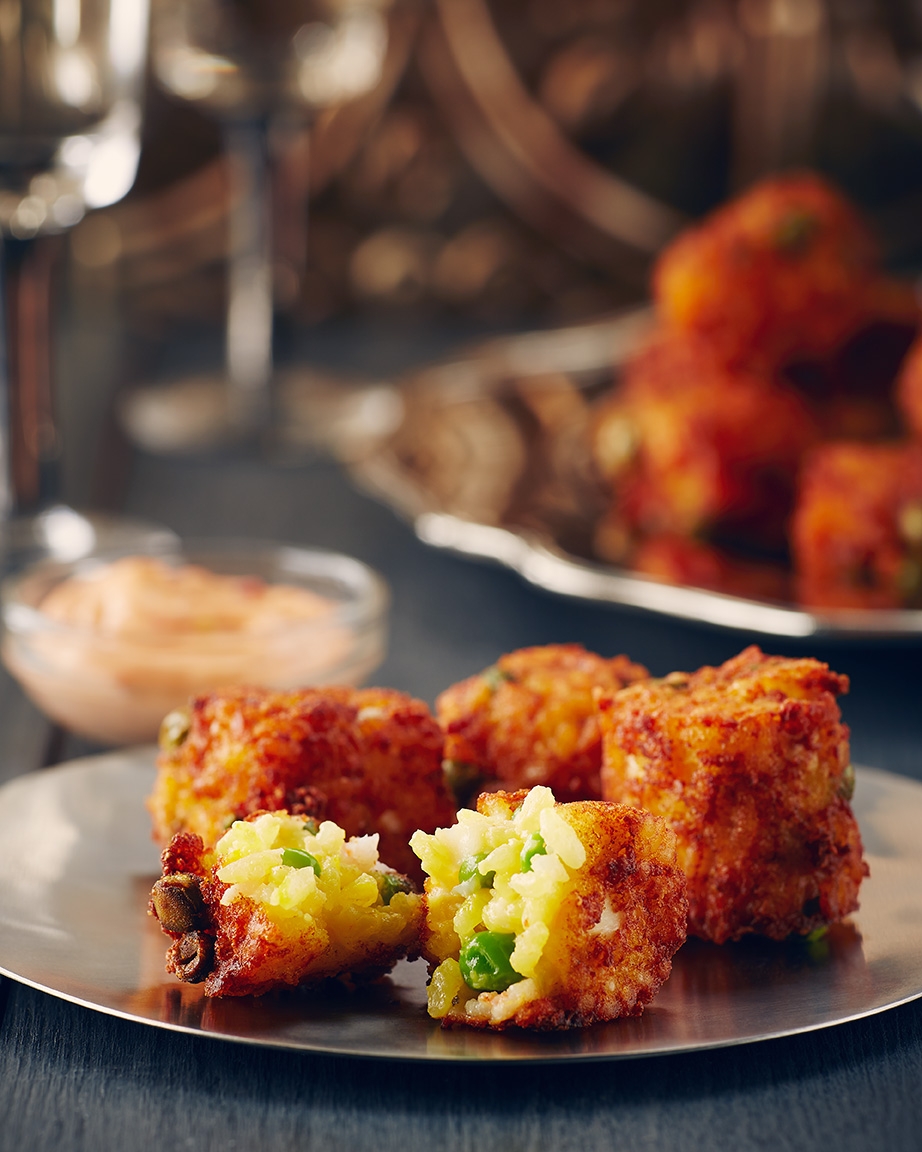
The Art of Mary Pheasant A Mix of Family, Culture and Healing
Kitigan is a one-of-a-kind online Aboriginal art business that sells authentic, high quality, Aboriginal handmade goods. Kitigan provides artisans with a forum for developing their market, promoting their work and creating an ongoing revenue source through sales and royalties. Kitigan is a social enterprise incubated by the OFIFC’s economic development arm, Villages Equity Corporation (VEC). Kitigan not only supports artists, but also Friendship Centres and Aboriginal businesses who act as suppliers. As Kitigan purchases art from its suppliers who are directly engaged with artists, the suppliers will receive commissions on all of their products that are sold. Visit www.kitigan.com to find unique, high quality, handmade Aboriginal artwork, while supporting our talented artists and our partner Friendship Centres!
Mary Pheasant has been surrounded by art her entire life. She was born and was raised on the Wikwemikong Unceded Indian Reserve on Manitoulin Island in 1955 and still lives there today. As a child, she was richly immersed in a mesh of culture and art. She comes from a large family of artists and began making her own art almost 50 years ago.
“My mom, my dad and my grandmother, they were always heavily involved in the cultural aspect,” she says. “My mom was always doing beadwork and making moccasins. My dad was always painting and carving.”
Pheasant started doing beadwork when she was nine years old, saying she always bugged her mom to teach her. Once she learned the basics, her mother showed her how to start work on the loom. She said she kept fooling around with the loom and learned to work with the beads. As she grew into a young adult, she started commissioning her beadwork.
 After experimenting with different styles and learning from other people, Pheasant taught herself how to make dance regalia. She then started to design dresses with her own sense of style, such as jingle dresses, grass dance outfits and many traditional men’s and women’s outfits.
After experimenting with different styles and learning from other people, Pheasant taught herself how to make dance regalia. She then started to design dresses with her own sense of style, such as jingle dresses, grass dance outfits and many traditional men’s and women’s outfits.
It was in 2005 Pheasant first picked up a paintbrush and learned how to paint with acrylic on canvas. After becoming sick and not wanting to be on medication, she visited her younger brother, James Jacko, a passionate painter. He ended up becoming her mentor.
“He had been asking me for years to start painting, but I wasn’t ready,” Pheasant says. It took getting sick to finally push her to start painting. “I was looking for something for my own healing.”
After painting for five years straight, she went back to producing beadwork and quillwork, following styles her mom created.
Pheasant’s son suggested she print some of her art canvases as art cards, which proved to be another success for her, with over 12,000 art cards sold. After working full-time until recently, she returned to Manitoulin Island to take care of her older brother and her grandson.
 Pheasant draws inspiration from her family members, all of whom are artists. She comes from a family of seven brothers and one younger sister. Her four older brothers are involved in art of different types, mostly woodworking and forestry. One of her brothers designs and builds cabins. Two of her brothers are painters, although one passed on. Her younger sister also does appliqué work, embroidery, beadwork and quillwork.
Pheasant draws inspiration from her family members, all of whom are artists. She comes from a family of seven brothers and one younger sister. Her four older brothers are involved in art of different types, mostly woodworking and forestry. One of her brothers designs and builds cabins. Two of her brothers are painters, although one passed on. Her younger sister also does appliqué work, embroidery, beadwork and quillwork.
Her husband Robert creates leatherwork and makes pouches from turtle shells. He used to tan his own hides and produce stained glass work. A car crash left the two unable to produce art as they used to, so they moved on to different media.
 Pheasant says that in addition to beadwork and painting, she also likes sketching and has an interest in pursuing pottery. She also creates mixed media and gave her first piece of work to her daughter.
Pheasant says that in addition to beadwork and painting, she also likes sketching and has an interest in pursuing pottery. She also creates mixed media and gave her first piece of work to her daughter.
Pheasant’s children and grandchildren are all involved in making art. She says her daughter makes contemporary jewelry with traditional medals, beads and feathers, and her son started making art with antlers. Her older grandson also started helping his mother make jewelry. She hopes they will continue to pass on these skills once she is gone, as she did when her parents passed on. Pheasant says her art, culture and family have always intertwined.
“It’s always been there. It’s how we were brought up,” she says. “My dad would always do pipe ceremonies with his kids and he’d always tell us, ‘Always remember who you are,’ and, ‘Never forget where you came from.’ Simple things like that, but very deep.”









